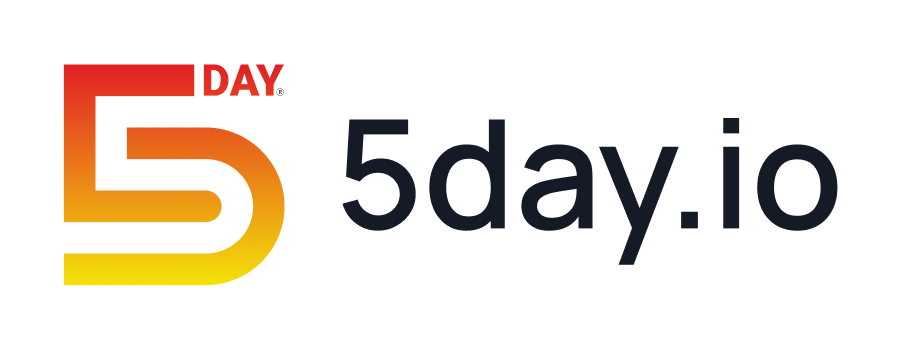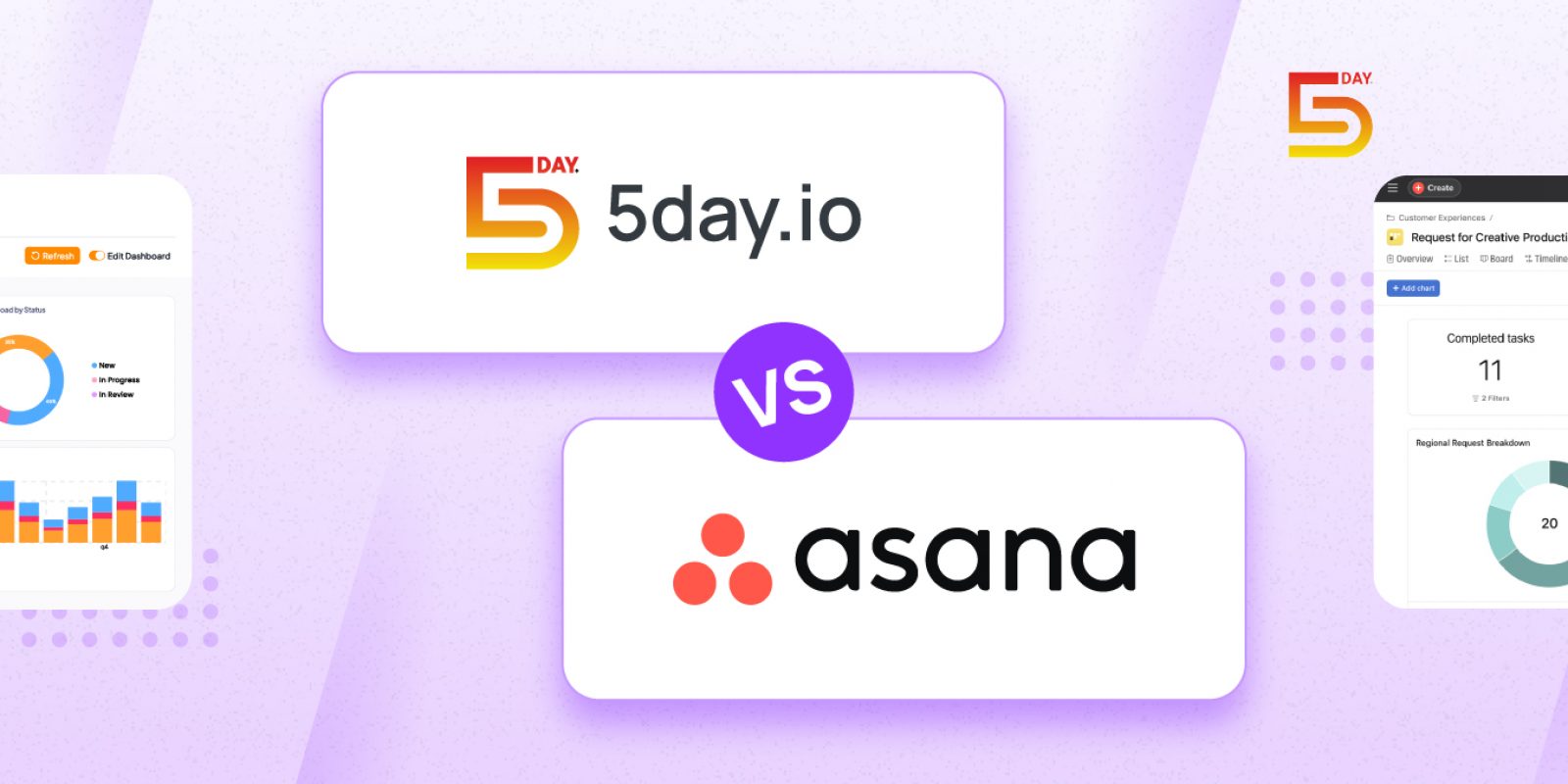According to a 2022 report by KPMG, communication is the top skill project managers, and knowledge workers must have, as voted by 33% of the professionals surveyed. As a project manager, the responsibility to manage multiple deadlines, answer the stakeholders, and stay on top of your team lies on your shoulders. Having a clear communication plan makes it simpler to juggle these duties efficiently.
A solid communication plan not only keeps you updated on everything but also acts as a guide for your team to build their communication skills.
This article will explore how you can create a project communication plan that will mitigate conflict and improve the quality of outputs as well. We will also look at the key components of a communication plan with an example.
What is a communication plan in project management?
A project management communication plan is a framework for how your team can convey necessary information to the right stakeholders. Projects are an ongoing process, so outlining what needs to be communicated to who, by who, how, and when is important.
Think of it this way:
You are a project lead working with a team of 5 members, 2 of whom are new. You onboard them onto your project management tool and outline their tasks. Despite all the instructions on the tool, they still have some doubts.
You are away on vacation, and instead of asking their queries to their peers, they get hold of the executive stakeholder, aka your manager. The manager will not be able to answer their question without the right context.
And you will return to three frustrated team members, and no work will be done.
A communication plan outlines various strategies one can use in multiple cases, so no work gets blocked, and the right information reaches the right person at the right time.
Why does communication fail in project management?
An average knowledge worker spends nearly 20 hours each week on multiple communication tools, as per a report done by Forbes Advisor in 2023. This constant switching to get information across results in context switching, frustration, loss of time, and taking away focus from actual work.
Some other reasons communication fails in projects are:
- Lack of direction: There is no clear outline of how the communication should be conducted. Who is in charge of which task, and what information should they relay?
- Lack of context: In what way should information be presented to someone so that it helps them make a desired decision
- Lack of transparency: Work gets lost between sharing it on email and chats, so all the team members do not get timely updates on the project’s progress. This creates bottlenecks as dependencies escalate.
All these issues can be avoided by creating a concise project management communication plan. Let’s look at how it can help.
Benefits of creating a communication plan
Poor communication disrupts more than just the budget and timeline. A poor project management communication plan can lead to multiple rounds of rework, frustration, a drop in quality, and so much more.
A good communication plan helps you:
- Decrease context switching
- Cut down work duplication
- Avoid miscommunication
- Increase collaboration
- Reduce conflicts
- Streamline work
- Tackle risk
How to write an effective communication plan?
Now that we know why a project communication plan is important, it’s time to see how to create one.
A good communication plan considers the following points.
1. Objectives
What do you want to achieve with a communication plan? What is the end goal of creating it? Do you want to avoid miscommunication or make sure the right information reaches the right people on time? Consider in detail what the objectives of your plan are.
Note: There can be multiple objectives to create a communication plan, and you can lay out brief communication documents for each of them, like a stakeholder communication plan, plan for clients, etc., separately. (More on that to follow)
2. Audience
Who do I want to speak to? Is it an internal stakeholder or my audience? Let’s look at some audiences you can consider:
- Stakeholder: Your manager, lead, or an external stakeholder that needs to know the project’s progress on a daily or weekly basis
- Clients: For updates on their projects and any change in plan should be communicated on time
- Internal team: For any dependencies and queries related to day-to-day tasks
3. Channel
Where is the communication going to happen? Here, you must outline what type of communication happens and on which channel. Choose the tools and detail how and when your team can use them.
- Email to communicate with an external stakeholder or clients
- Teams or Slack for instant messaging to resolve queries quickly and chat instantly
- 5day.io to keep your team updated on tasks with status, priorities, and document sharing
- Google Meet or Zoom for team-wide meetings
4. Frequency
Specify under what conditions should communication be initiated by team members.
For example:
External stakeholders should not be involved in discussions about how many times a team meeting should be conducted. Similarly, you can outline that every time a big feature is developed and tested, an email should be sent to the client for an update.
Deciding the frequency of communication also helps keep everyone in the loop.
Note: Here, specifying who should initiate the communication also helps everyone understand their responsibility better.
A communication plan example
Although a communication plan is so crucial to the success of your project, it is not very complicated to get started and create one. A simple project communication plan looks like this:
Type of communication | Audience | Frequency | Channel | Source |
Stand-up Meeting | Development team | Daily | In-person/online | Scrum master |
Project progress update | Client | Every two weeks | Email + Zoom | Project owner |
Weekly Brief | All team members | Weekly | Head of departments | |
Project check-ins | Project team | Bi-weekly | 5day.io + Zoom | All team members |






